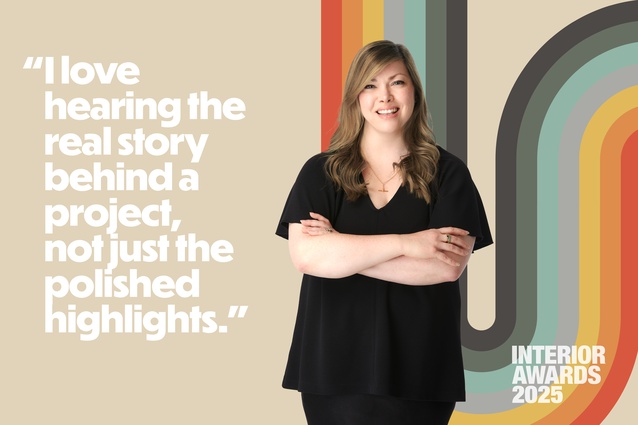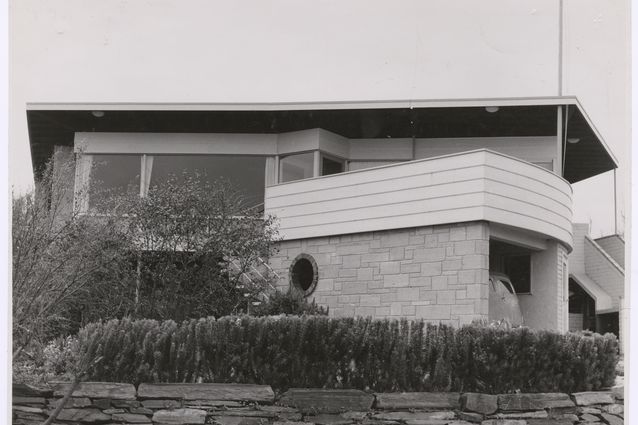Building a productive designer-client rapport is a critical step toward the success of a design job, and doing it quickly can avoid any number of unpleasant conversations later on. Are your patrons always willing and able to express what’s on their minds, though?
Lack of experience is one potential impediment to dialogue. Clients who are new to the game won’t necessarily know what they ought to be thinking about or telling you. Proactive guidance will help them figure out their role, but advice is best offered with a light touch. When physician Jeffrey Shadle and insurance executive Brian Ferguson bought a condo adjacent to the Katy Trail in Dallas, their original designer didn’t last long. “It felt like he was talking down to me instead of listening,” Shadle says. “Regardless of your skill set as a professional, you are providing a service. So really paying attention to what clients are asking for and how much assistance they need is important.”
Likewise, when the discussion turns to money, less-seasoned clients won’t want to feel stingy or unrealistic about their budget, and they’ll be unhappy if they suspect their design team is pushing them beyond what they intend to do. This was a second misstep on the part of the condo designer, Ferguson points out. “He knew what Jeff was looking for, then went in a direction that had a very different price point.” (A candid—and evidence-based—explanation of why homeowners’ desires will, in fact, call for additional funds is fine, of course.)
Misplaced diplomacy can also be a hazard. Early on, Shadle was reluctant to criticize drawings and proposals. “I was definitely in that ‘Gosh, I don’t want to step on anybody’s creative toes’ zone. Because, you know, I’m not an architect, I’m not a designer.” If it inhibits honesty, however, this kind of politeness becomes counterproductive. As an example, Ferguson points to an ill-fated wine room in another residence the pair have built together: It was “the one area that was really important to Jeff,” he notes wryly. “But somehow it turned into more like a wine shelf”—and, as a result, a long-lasting source of regret.
Christina Van Houten, a Boston-area tech executive who has undertaken two series of major renovations on her family’s 1928 Norman-style house, observes that what gets built may not jibe with what clients had envisioned even after plans have been approved. Then, as construction proceeds, issues will crop up that require a quick huddle to find a mutually agreeable solution. In her case, it was a complicated built-in that didn’t turn out the way she’d hoped. A snapshot texted to the design partner at her cabinetmaking firm led to an on-site meeting the following day. “She came back with a couple of options and it just…evolved. The whole thing turned out so amazingly; now it makes the whole room.”
Responsiveness (or rather lack thereof) is another frequent pain point. Reasonable clients understand that they’re not invariably your first priority; if they begin to suspect that they’re always your last priority, though, the relationship is in trouble. “It’s a fine line,” Van Houten says about connecting with her homebuilding associates. “You don’t want to create tension, but at the same time you need to get attention.”
Impeccable communication per se, unfortunately, can’t guarantee perfection. Alexis Contant’s résumé—she’s senior VP of marketing at a well-known design manufacturer and former leader of a prominent U.S. design center—makes her a super-client when it comes to industry knowledge, yet a recent round of alterations on the home she shares with her husband and daughter still wasn’t 100% seamless.
She brought in an architect and contractor for the job who hadn’t worked together before. “Both firms are outstanding at what they do, and both are very service-oriented,” she says. Nonetheless, there was a slight disconnect. In hindsight, it was a matter of unspoken assumptions about how exacting design details, materials, and finishes should be handled—expectations that partners with greater shared history would be able to take for granted.
The group is about to embark on a further collaboration, however, so lessons have been learned and the cautionary tale has a happy ending. “It got tense at moments, but there was never not a smile on our faces,” Contant concludes.
Since even the most fortunate home design project will encounter a few rough stretches along its path to completion, the more forthcoming and transparent everyone can be, the better. Things that remain unsaid are likeliest to trip you up, so being aware of which topics your clients might feel reticent about is a wise move. And, when in doubt, Ferguson counsels, “it never hurts to ask.”










